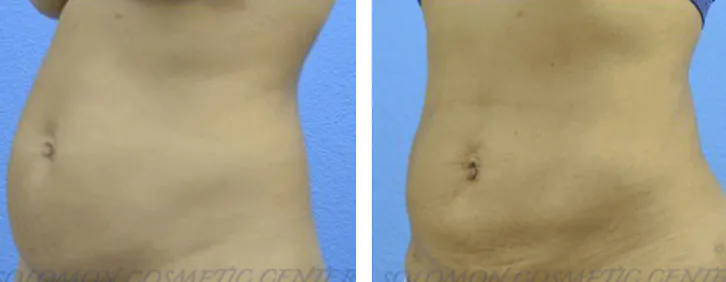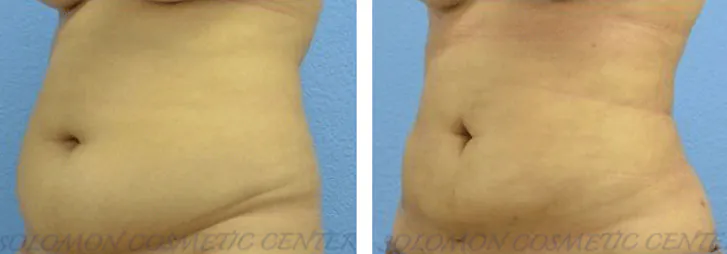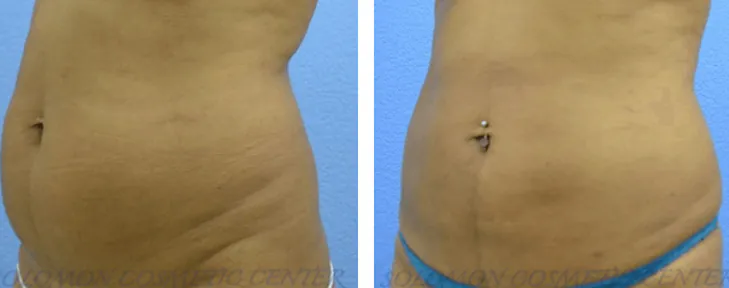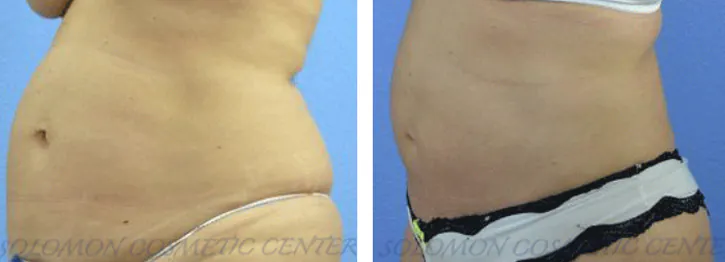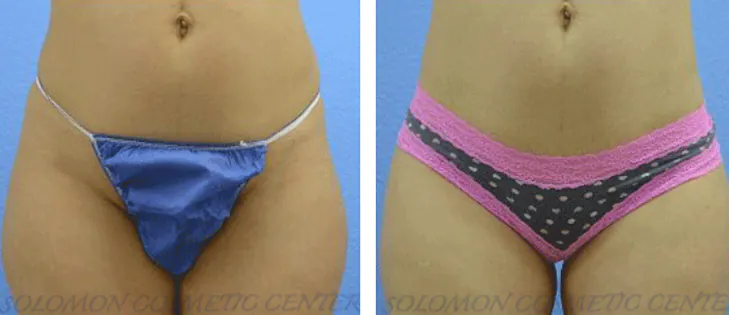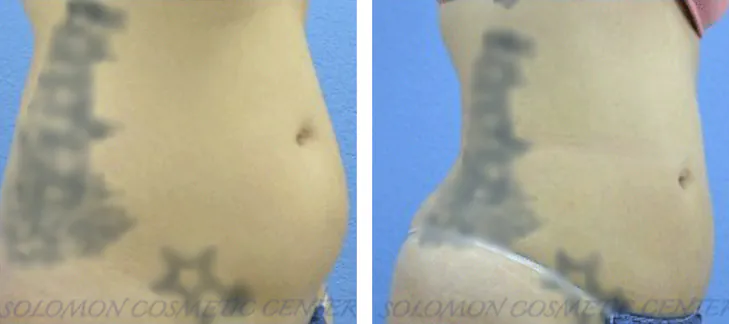Is Penis Filler Safe?
The question of whether penis fillers are safe doesn’t have a simple yes or no answer. While penile fillers can be performed with minimal complications when done by experienced medical professionals in proper clinical settings, they carry some risks that every man should understand before considering the procedure. The safety of this cosmetic treatment depends heavily on the type of filler used, the skill of the practitioner, adherence to proper medical protocols, and realistic expectations about outcomes.
Hyaluronic acid fillers, when administered by qualified professionals, represent the safest option among penile enhancement procedures and generally have lower complication rates than permanent fillers or surgical alternatives. However, all penile filler procedures carry risks, and complications can range from minor issues like temporary swelling to serious problems requiring surgical intervention.
Understanding Filler Injections for Penile Enhancement
Penile filler procedures involve injecting substances beneath the skin of the penis to increase girth. The procedure has gained popularity as a non-surgical alternative to traditional penis enlargement surgery, but understanding what happens during treatment is crucial for assessing safety.
During the procedure, a medical professional injects filler material into the subcutaneous tissue of the penile shaft. The entire process typically takes 30 to 60 minutes and is usually performed under local anesthesia. The goal is to distribute the filler evenly around the circumference of the penis to create a uniform increase in girth.
The safety of this procedure starts with proper patient selection. Not everyone is a suitable candidate for penile fillers. Men with active infections, bleeding disorders, unrealistic expectations, or certain medical conditions should avoid these procedures entirely. A responsible practitioner will conduct a thorough medical evaluation before proceeding.
Penile Girth Enhancement Using Hyaluronic Acid (HA) Fillers
Hyaluronic acid fillers have emerged as the gold standard for penile augmentation due to their superior safety profile compared to other materials. HA is a naturally occurring substance in the body, which significantly reduces the risk of allergic reactions and makes it biocompatible with human tissue.
The critical safety advantage of HA fillers is their reversibility. If complications arise or the patient is unhappy with results, hyaluronidase (an enzyme) can dissolve the filler, essentially reversing the procedure. This safety net doesn’t exist with permanent fillers, which is why most reputable medical professionals refuse to use permanent materials for penile enhancement.
HA fillers are temporary, typically lasting 12 to 24 months before the body naturally absorbs them. While this means repeated treatments for maintained results, it also means that serious long-term complications are less likely. The body gradually breaks down the material through natural metabolic processes.
However, even HA fillers aren’t without risks. Common side effects include swelling, bruising, and temporary discomfort, which usually resolve within a week or two. More serious complications, though rare with proper technique, can include infection, filler migration (where the material moves from the injection site), nodule formation (lumps under the skin), and asymmetry.
Comparing Penis Enlargement Options from a Safety Perspective
- Surgical penis enlargement involves cutting the suspensory ligament or grafting tissue to increase length or girth. While these procedures can produce more dramatic results, they carry higher risks, including significant scarring, permanent loss of sensation, erectile dysfunction, and infection. Recovery time is also substantially longer than with fillers.
- Permanent fillers like silicone or PMMA (polymethylmethacrylate) pose serious safety concerns. These materials cannot be removed if complications occur, and they’ve been associated with severe adverse events, including chronic inflammation, granuloma formation (hard lumps), infection, and disfigurement requiring corrective surgery. Many medical organizations strongly discourage the use of permanent fillers for penile augmentation.
- Fat transfer involves harvesting fat from another area of the body and injecting it into the penis. While using the patient’s own tissue reduces rejection risk, fat transfer has unpredictable absorption rates. The body reabsorbs much of the transferred fat, often unevenly, leading to lumps, asymmetry, and disappointing results. Reabsorption rates can reach 70-80%, making outcomes unreliable.
- Non-invasive methods like vacuum pumps or penis extenders carry minimal risks but provide only temporary results or require months of consistent use with modest outcomes. These options are the safest but also the least effective for permanent size increase.
In this spectrum, HA fillers occupy a middle ground: more effective than non-invasive methods with better safety profiles than surgical or permanent filler options.
What Randomized Active Controlled Trials and Systematic Reviews Tell Us
The Clinical Impact of Penile Fillers
The real-world clinical impact of penile filler complications can be significant, both physically and psychologically. Understanding potential consequences is essential for informed decision-making. Here are the potential risks, although they are uncommon:
- Infection
- Nodule formation and irregularities
- Vascular complications
- Psychological impact of unsatisfactory results
- Migration of filler material
The clinical reality is that while major complications are uncommon with HA fillers and experienced providers, the consequences can be severe when they do occur and may require multiple corrective procedures.
Precautions for Men with Peyronie's Disease
Critical Safety Factors You Must Consider
Several factors dramatically influence the safety of penile filler procedures:
- Provider qualifications are paramount. Board-certified urologists, plastic surgeons, or dermatologists with specific training in penile filler techniques have the anatomical knowledge and technical skill to minimize risks. Avoid practitioners who aren’t licensed physicians or who operate in non-medical settings like salons.
- Facility standards matter enormously. Procedures should be performed in accredited medical facilities with proper sterilization equipment, emergency medications, and protocols for managing complications. Unregulated clinics or “medical tourism” facilities in countries with lax oversight dramatically increase risk.
- Filler type is crucial. Insist on hyaluronic acid fillers only. Reject any provider who suggests permanent fillers, silicone, or unknown substances. If a provider can’t tell you exactly what product they’re using, leave immediately.
- Realistic expectations protect your safety by preventing multiple unnecessary procedures. Penile fillers typically increase girth by 1-2 centimeters. Providers promising dramatic transformations are either lying or using dangerous amounts of filler.
- Post-procedure care significantly impacts outcomes. Following instructions about activity restrictions, hygiene, and follow-up appointments reduces the risk of complications. Most problems occur when patients don’t adhere to post-procedure guidelines.
- Your health status affects safety. Conditions like diabetes, immune disorders, or bleeding problems increase the risk of complications. Be completely honest with your provider about your medical history.
Making a Safe Decision
If you’re considering penile fillers, approach the decision methodically. First, examine your motivations honestly. Studies show most men seeking penile enhancement have normal-sized anatomy but distorted perceptions of what’s normal. If anxiety or body image concerns are driving your interest, speaking with a mental health professional might be more beneficial than a cosmetic procedure.
Research thoroughly before consulting any provider. Look for board-certified physicians with specific experience in penile augmentation, read reviews from multiple sources, and verify credentials independently. Red flags include providers who advertise aggressively, offer significantly discounted prices, or guarantee specific results.
Conclusion: Is Penis Filler Safe?
When evaluating any form of penile enhancement, safety must come before aesthetics or expectation. While injectable hyaluronic acid gel has introduced a less invasive option for men seeking visual change, it is crucial to understand that a hyaluronic acid injection into penile tissue is not free of risk.


